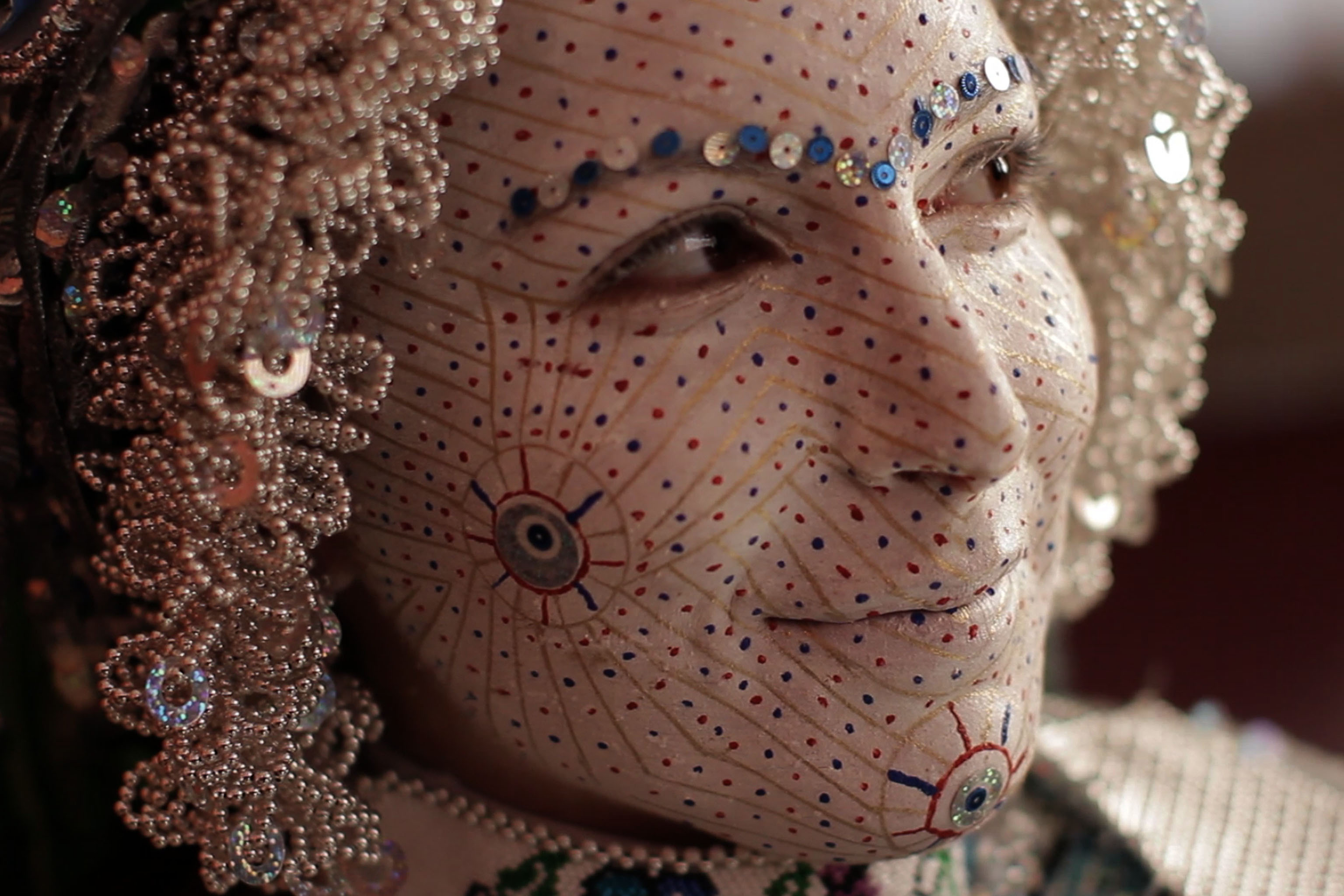Make a documentary
Make a short documentary by planning a story, interviewing someone, filming scenes with a phone or camera, and editing clips into a clear narrative.



Step-by-step guide to make a short documentary
How to make a documentary for a school project
Step 1
Pick a topic for your documentary and write one short sentence that explains the main idea.
Step 2
Draw a 3 to 6 panel storyboard on paper showing the beginning middle and end of your story.
Step 3
Write five short interview questions in your notebook that help tell your story.
Step 4
Ask an adult to help you choose and get permission from someone to interview.
Step 5
Collect any props or costume pieces you will use and decide on two or three quiet spots to film.
Step 6
Practice asking your interview questions out loud one time so you feel ready.
Step 7
With an adult's help record the interview and make sure the person answers each question clearly.
Step 8
Film short 10 to 30 second B-roll clips that show actions or close-ups related to your story.
Step 9
Watch all your clips and mark the best takes with sticky notes or write their names in your notebook.
Step 10
Edit your marked clips into the order from your storyboard so the story flows clearly.
Step 11
Add a short title at the start of the video to tell viewers the name of your documentary.
Step 12
Add one-line credits at the end naming yourself and your interviewee and then save or export the finished file.
Step 13
Share your finished documentary on DIY.org
Final steps
You're almost there! Complete all the steps, bring your creation to life, post it, and conquer the challenge!


Help!?
What can we use instead of a camera, sticky notes, or paid editing software if we don't have them?
Use a smartphone or tablet to record the interview, mark best takes with index cards or pencil notes in your notebook instead of sticky notes, and edit/export the finished file using free apps like iMovie, Clipchamp, or a phone editor before uploading to DIY.org.
What should we do if the interview audio is noisy or the interviewee forgets answers during recording?
Move to one of your two or three quiet spots to film, ask an adult to help hold the phone or a simple headset mic closer, and re-record the question after a quick practice run so each answer is clear as you record the interview.
How can this project be adapted for younger kids or for older kids who want more challenge?
For younger kids simplify by drawing a 3-panel storyboard, writing 2–3 easy interview questions, and filming shorter 10–15 second B-roll clips, while older kids can expand to a 6-panel storyboard, write more than five interview questions, add detailed titles/credits, and do more advanced editing before export.
What are some creative ways to extend or personalize our documentary once we finish the basic steps?
Add a short voiceover or background music to your edited clips, use the collected props and costume pieces for memorable close-up B-roll, create a custom title at the start and one-line credits at the end, and write a personal description when you share on DIY.org.
Watch videos on how to make a short documentary
How to Make a Documentary Film: A Step-By-Step Guide for Beginners
Facts about filmmaking for kids
✂️ Editing can change everything: many documentaries are shaped most in post-production when clips are arranged into a story.
⏱️ Short documentaries often aim for 3–15 minutes to keep viewers' attention and work well online.
🎤 Great interviews use open-ended questions: asking 'how' and 'why' usually gets longer, more interesting answers.
🎥 Many modern smartphones can record video in 4K resolution — powerful enough for high-quality documentaries.
🎬 Nanook of the North (1922) is often called the first feature-length documentary.
How do you make a short documentary with a child?
What materials do I need to make a short documentary?
What ages is making a short documentary suitable for?
What are the benefits and safety tips for making a child’s documentary?


One subscription, many ways to play and learn.
Only $6.99 after trial. No credit card required



